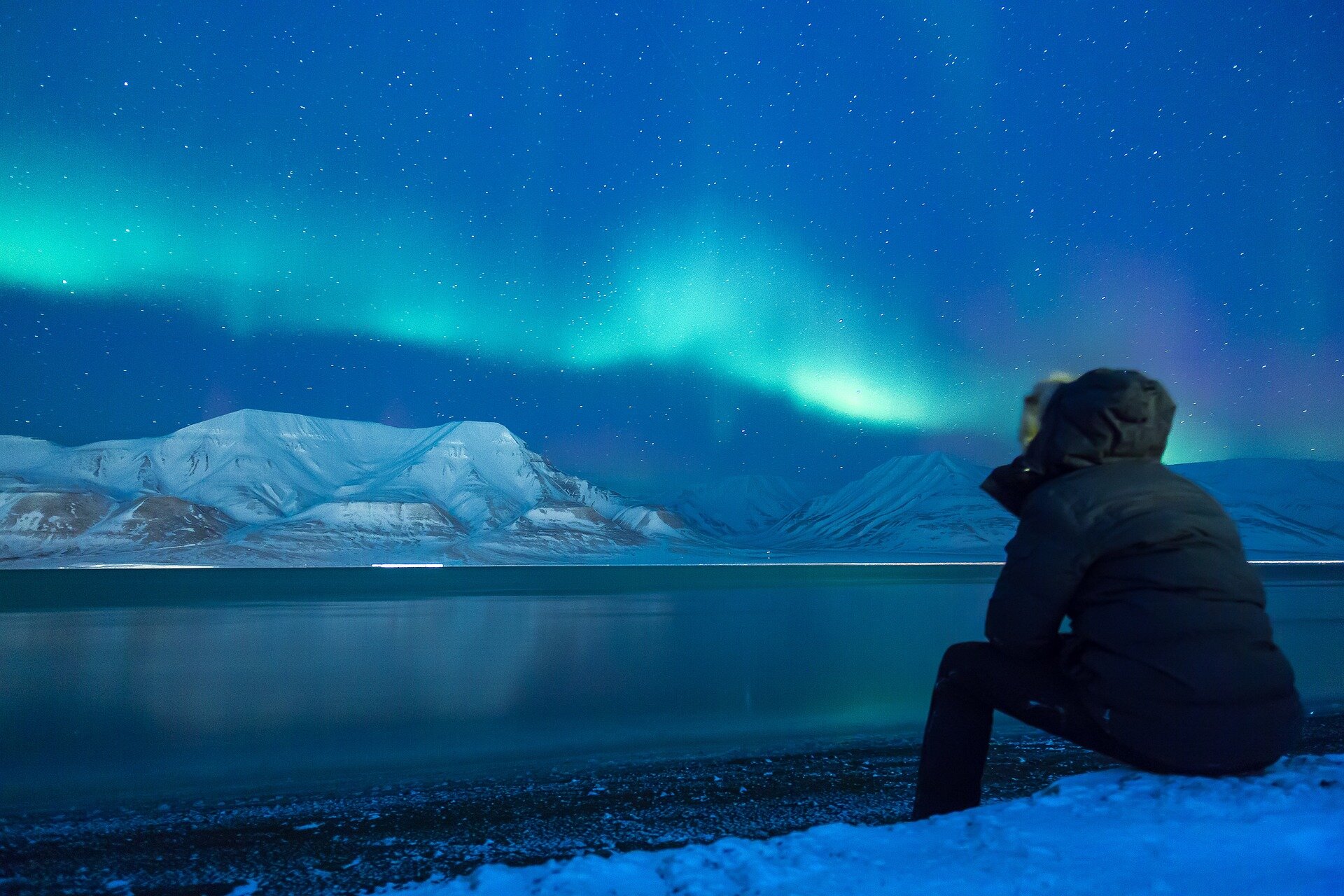The North Pole region heats up faster than the rest of the world. Though this is a known fact, climate models underestimate the speed with which the region warms up. Sjoert Barten obtained his PhD on this subject at Wageningen University & Research on 26 April and shares his insights.
“We lack a proper understanding of the precise dynamics of climate warming on the North Pole. When, and by how much, are temperatures going to increase? Our lack of insight makes it hard to predict the consequences, such as the melting of marine ice,” Barten explains.
However, new data obtained by a research vessel that traveled the Arctic Ocean and was stuck in the sea ice for a prolonged period will now remedy that. Barten improved the predictions using the plethora of data this expedition yielded.
Barten’s research uncovers two key processes that occur on the North Pole and which may drive the expedited heating: ozone and the influx of warm air. Ozone is not only found in the ozone layer, but also in the lower atmospheric strata, where it functions as a greenhouse gas. This ozone breaks down within a month, shorter than the time required for CO2, but sufficiently long to be carried to the North Pole by the wind.
“There, the ozone is absorbed by seawater, snow and ice, but this process is much slower than was assumed. This causes the ozone to remain in the air.” Barten feels that local processes must be included in climate models.
During the vessel’s research period, temperatures rose from 35 degrees below zero to zero twice within just a few days. “On days like that, the sea ice may melt at an accelerated speed and possibly break, with prolonged effects as a result.”
Barten’s calculations on this sudden, local influx of air are important, because these effects are expected to occur with increased frequency as a result of climate change. And they will intensify.
“The influx of warm air also transports soot particles from the industry in the northern hemisphere into the North Pole region. This soot is deposited on the sea ice, dampening the reflection of the sun’s rays, and thus increasing the speed with which the ice melts.”
And thus, the actions of the inhabitants of America, Europe and Asia are inextricably linked to the warming of the North Pole. Barten explains, “The North Pole region may seem like a relatively unpolluted area, but this is not at all true. Moreover, shipping and industry around the North Pole are increasing, causing local greenhouse gases and pollution to add to the already rapid heating of the region.”
More information:
Multi-scale model analysis of Arctic surface-atmosphere exchange of climate-active trace gases – Johannes G.M. Barten: edepot.wur.nl/640900
Citation:
Uncovering the reasons behind the rapid warming of the North Pole (2024, May 3)
retrieved 5 May 2024
from https://phys.org/news/2024-05-uncovering-rapid-north-pole.html
This document is subject to copyright. Apart from any fair dealing for the purpose of private study or research, no
part may be reproduced without the written permission. The content is provided for information purposes only.

